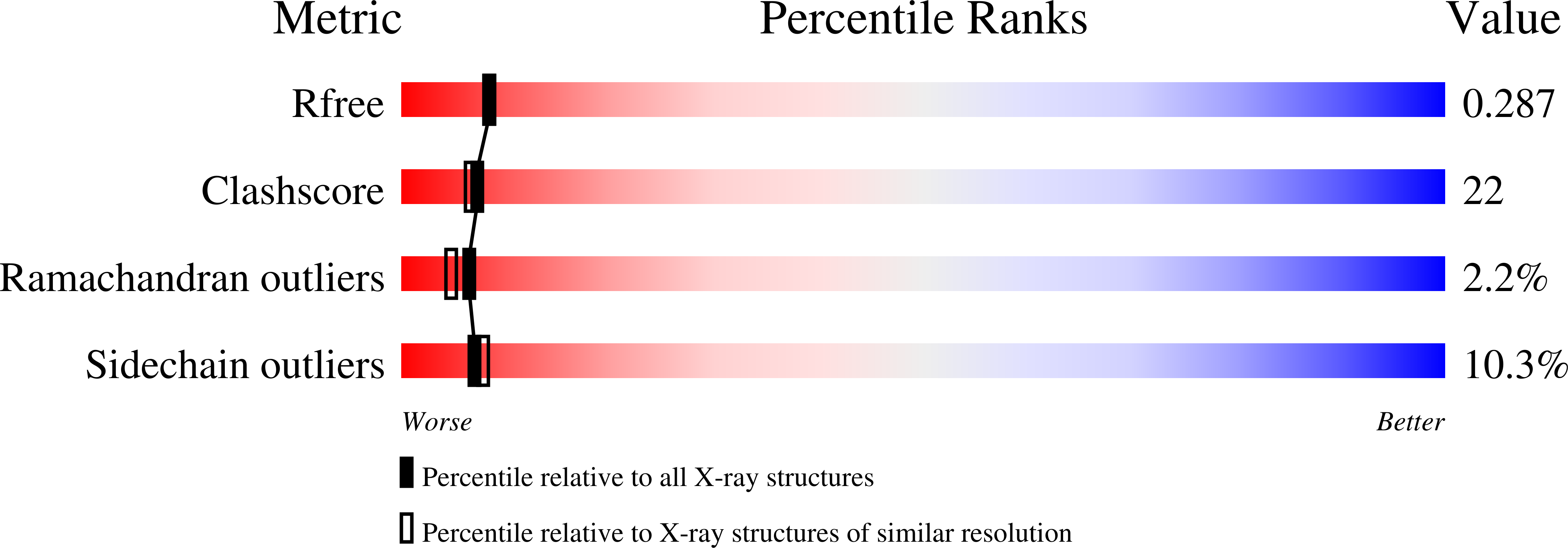
Deposition Date
2008-11-07
Release Date
2009-04-07
Last Version Date
2023-12-27
Entry Detail
PDB ID:
3F72
Keywords:
Title:
Crystal Structure of the Staphylococcus aureus pI258 CadC Metal Binding Site 2 Mutant
Biological Source:
Source Organism:
Staphylococcus aureus (Taxon ID: 1280)
Host Organism:
Method Details:
Experimental Method:
Resolution:
2.31 Å
R-Value Free:
0.28
R-Value Work:
0.23
R-Value Observed:
0.23
Space Group:
P 43


